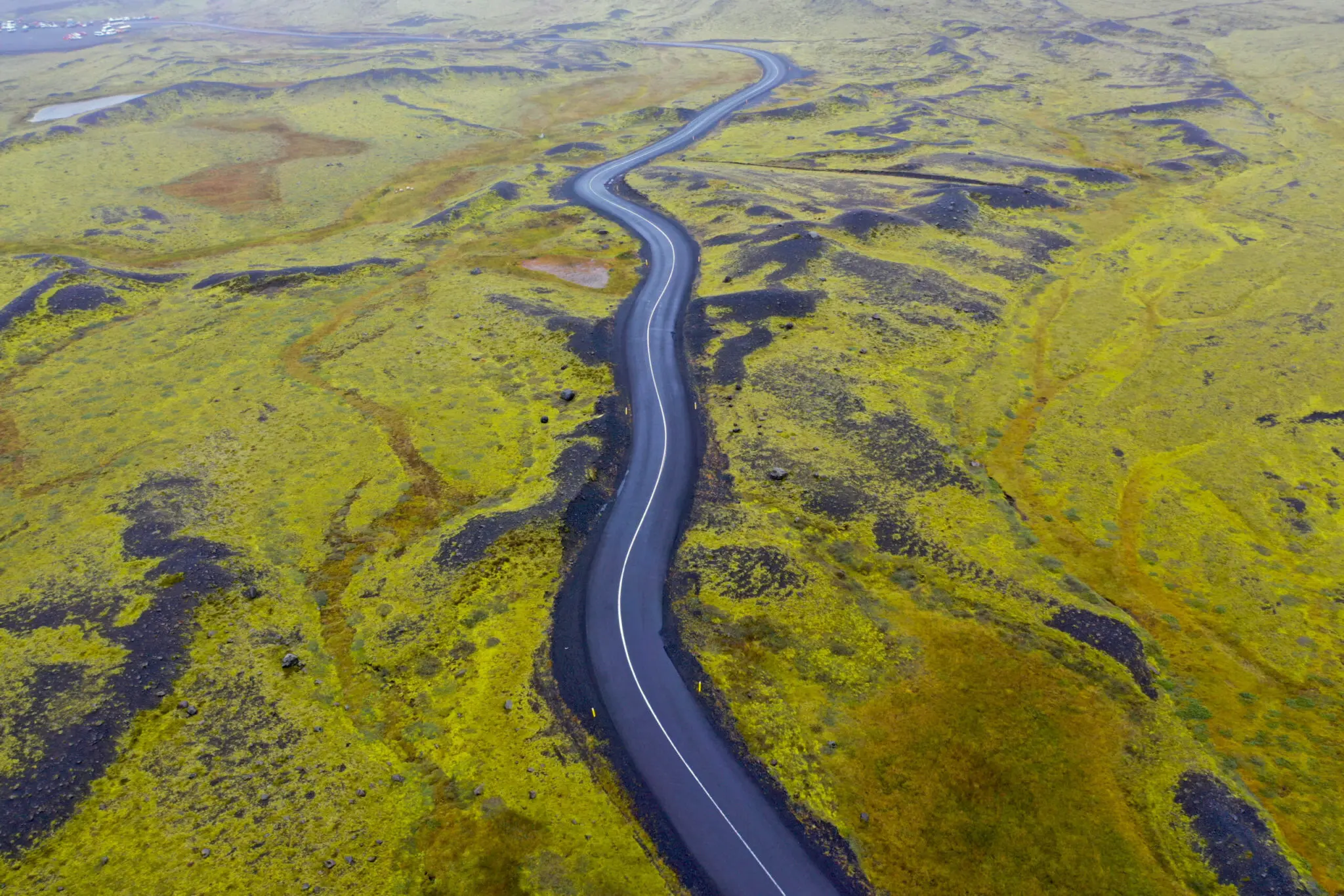Iceland may have extreme beauty, but the extremities also include weather fluctuations. The variation in nature, landscape, and wildlife extends to weather, meaning your experience can be hard to predict when planning a trip.
That said, there is no wrong time to visit Iceland. The natural beauty remains constant throughout the year, regardless of the seasonal changes. You can be sure of experiencing the best of the country whenever or wherever you decide to visit. Each season has phenomenal sightings for tourists – you only need to prepare adequately. However, some activities are seasonal, so due diligence is necessary if interested in a specific one. For instance, some activities may be available in summer or winter only. Some seasons also attract more tourists than others. Therefore, you may want to visit during the off-peak period to avoid large crowds.
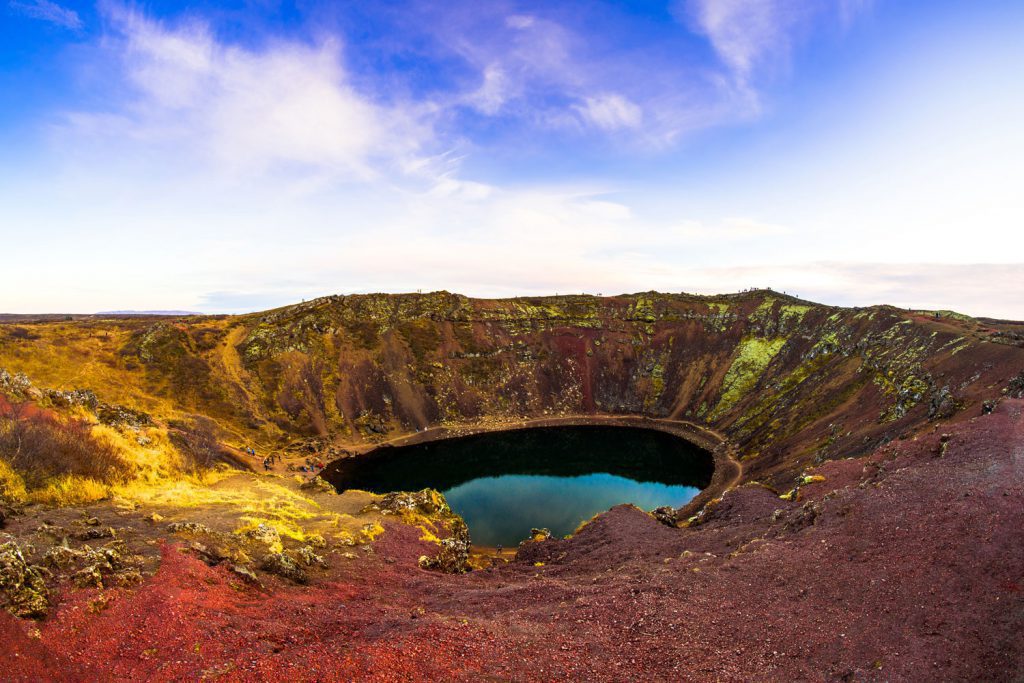
Understanding the Weather in Iceland
Despite having four seasons, the weather in Iceland can be full of surprises. The weather can change anytime, but the climate is milder. The southern side of the country tends to get more rain than the north. Therefore, carrying rainy gear is mandatory regardless of when you visit. The country remains warm most of the year thanks to the geothermal activity consisting of geysers, volcanoes, and springs.
Several factors contribute to the mildness of the climate. The gulf stream is one, as it brings warmth along the western and southern parts of the country. The constant weather change comes from the combination of cold and warm air from the Atlantic and the Arctic from the northern side. As a result, wind, storms, and precipitation are expected. Precipitation is more prevalent on the southern side.
The locals are used to the frequent weather changes. Chances of canceling the tour are minimal to zero unless the weather worsens. If it happens, you can be sure of getting a full refund or rescheduling the visit.
Weather Changes in Iceland According to the Seasons:
Spring
Spring lasts between April and May, but a celebration of the first day of summer tends to happen in the middle of April, around the 18th. It is the first day of a summer celebration marked with a holiday.
The weather is never constant, with snow, sleet, and rain interchanging in those two months. Spring marks the end of winter when the snow melts in the highlands and flowers bloom in the coastal regions. The migration of birds is another indicator of the seasonal change, with puffins being the most popular birds to appear in April.
Bright sunny days are not unheard of, though the temperatures range between 0 to 10 degrees Celsius. Fluctuations can vary according to the region. Northern Iceland can be wetter than the drier and colder southern part. The coastlines and highlands may be closed off for tourists because they tend to be colder. However, the overall weather remains mild throughout the season, making it great for tourists to visit. You can still watch the northern lights and experience the country before the peak season hits and more people visit. More accommodation and tour options are available.
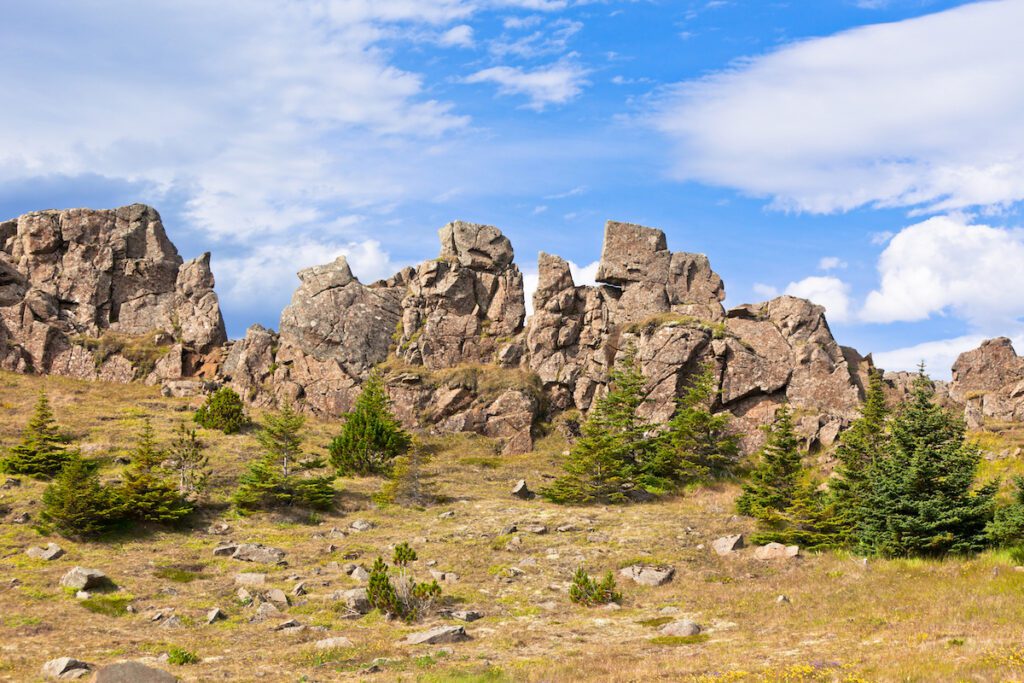
Summer
Summertime is the most popular season in Iceland as most people throng the country to experience its natural beauty. Days become longer from June to August, though the changes may begin in late May. It is the perfect time to travel if you want to experience the midnight sun with days lasting 21 hours most times, giving you ample time to tour the country.
Days become longer as they progress, creating the perfect ambiance for taking pictures. Solstice falls towards the end of June. Before then, you will experience 24-hour daylight. The days may become slightly shorter after that, but the change is so slight that it can go unnoticed.
The absence of darkness in summer does not translate to an automatic lack of sleep. Blackout curtains and eye masks can darken the rooms to allow you to get a good night’s sleep. Temperatures remain convenient, ranging from 5 to 25 degrees Celsius. The weather remains unpredictable, with occasional rains and wind chills happening.
Many destinations are open for exploration – outdoor activities, including camping and hiking, are possible. You can visit volcanoes, waterfalls, mountains, or glaciers. Local events like music festivals are also popular in the summer.
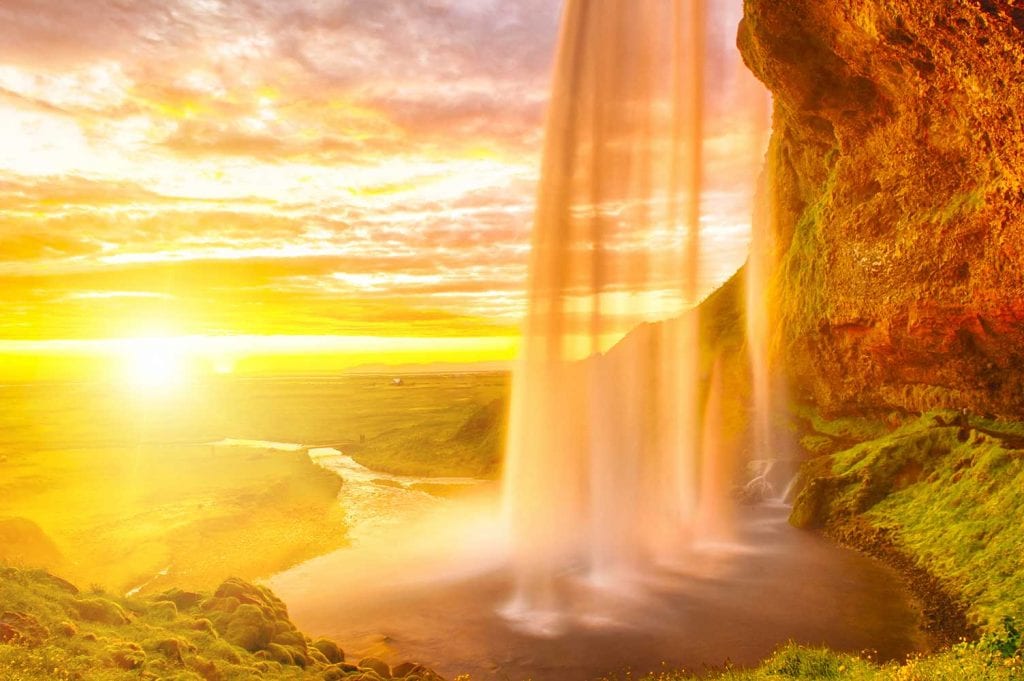
Fall
Late August to early November or late October usually marks the beginning and end of fall. The weather is still pleasant, with warm temperatures during the day, though it gets chillier in the evening. There may be more rainfall and windiness, but the fall colors make up for it.
Temperatures are similar to spring, between 0 to 10 degrees, but it may feel colder because of the wind. You may catch the Northern Lights as winter nears or when the first layer of snow falls. You can witness many activities from the locals, like berry picking, but you may not engage in some actions like river rafting or highland excursions.
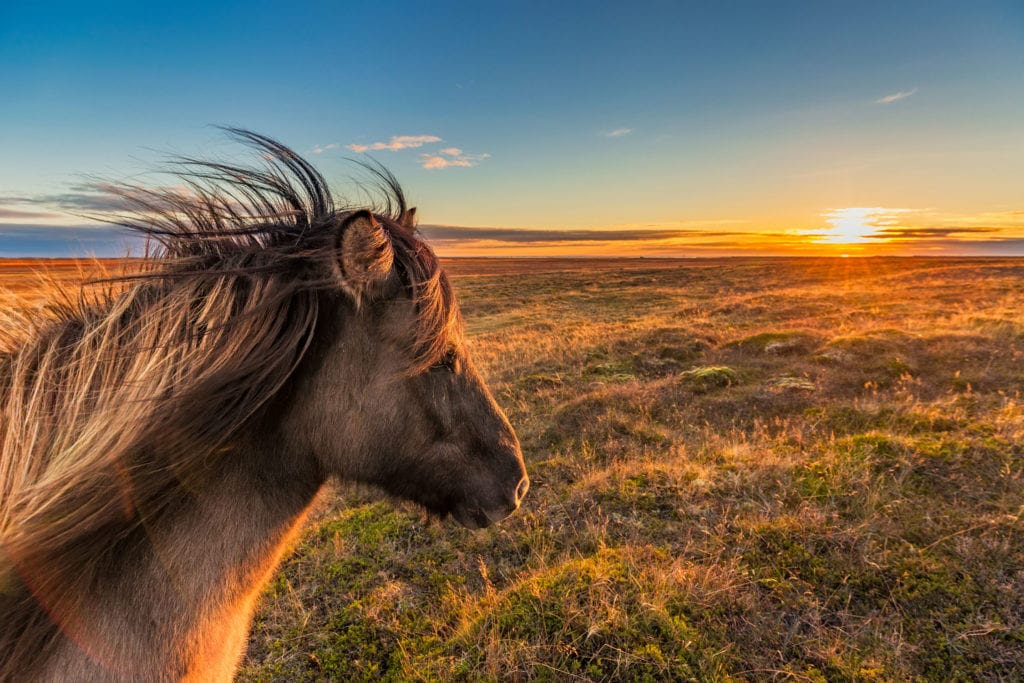
Winter
Winter lasts longer than any other season, from November to March. Sunlight is minimal, but you get multiple activities to make your visit worthwhile. Hot springs and pools can distract from the cold, enhancing your experience as you watch the cozy snow blankets cover the landscapes. The northern lights and ice caves are also available as the main attractions, but glaciers come in a second close with their spectacular displays.
Contrary to popular belief, snow comes and goes during the season. It does not cover the ground throughout but melts and then snows again, creating a cycle. Although it remains cold throughout winter, the weather can still fluctuate. The temperatures range from -5 to 5 degrees Celsius depending on the region. Snowstorms can appear suddenly without notice, so it is always good to be prepared.
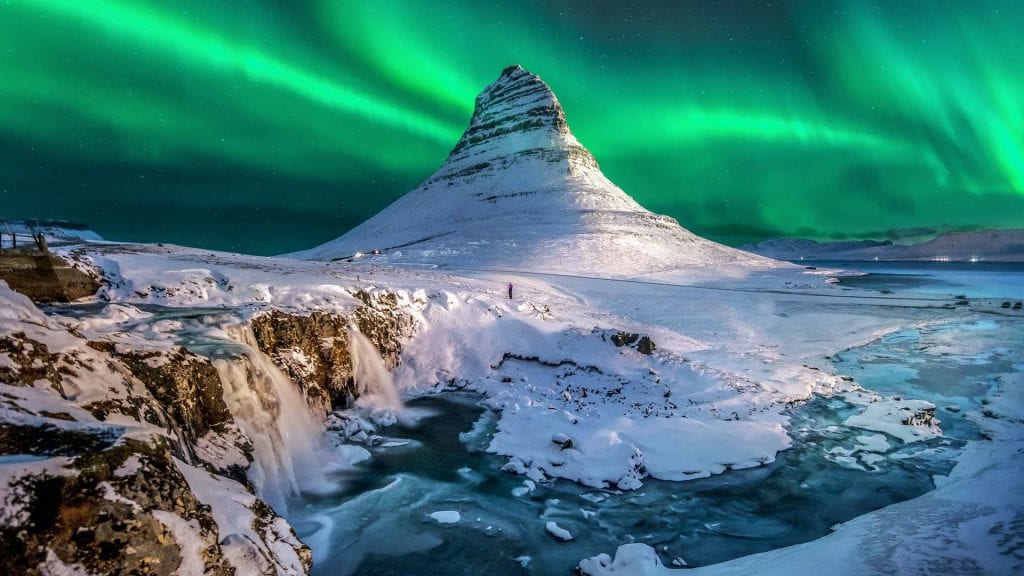
Summary
You are bound to experience Iceland uniquely no matter when you visit. The weather inconsistency never dims the excellent experiences you can get. Your visitation will depend on your preference, but prices are usually lower during off-peak seasons. Whatever you choose, Deluxe Iceland is ready to make your journey unforgettable. We have tours for each season and suitable packages for families, large groups, private tours, or self-drive options. Contact us today to get started!
